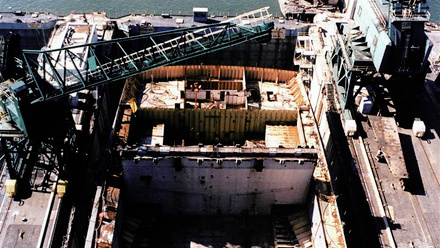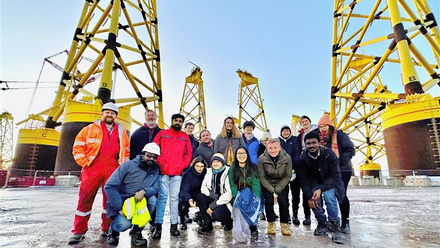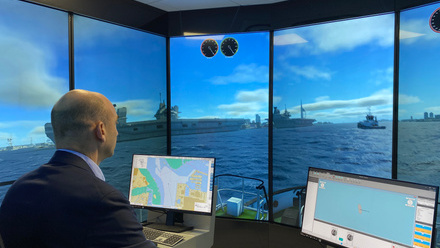Accurate weather data to improve shipping
New crowdsourcing technology aims to increase efficiency with current forecasts showing large discrepancies.
Pinpoint weather data is essential for safe and efficient shipping and offshore activities. Whether it’s the safety of ships in heavy weather, optimising the output of offshore wind turbines or traversing the most efficient routes, weather data that is accurate and up to date is critical.
Yet there are concerns that even in our hyper-connected world, current weather data suffers from an accuracy gap. One study found that when 103,000 weather data points worldwide from May 2024, with readings from ships, weather buoys, coastal weather stations and fixed platforms, were compared with marine weather forecasts for the same location and time, the marine weather forecast was surprisingly inaccurate, with the average error in wind direction found to be +/-35 degrees.
“That’s a range of 70 degrees!” says Craig Summers, founder & CTO of Nova Scotia-based SailTimer Inc., which makes precision wind sensors and conducted the study (currently under review for publication). “We would never release a wind sensor with that large [an] error, but that is what ships have to navigate with.”
“Ship captains cannot trust their voyage optimisation software if weather forecast models are not accurate and not reliable,” continues Summers. “That means less use and less sales revenue for the software company, higher fuel costs for the shipping line, and higher greenhouse gas emissions.”
The latter point is important. More accurate data on wind and sea state can help ships reduce fuel costs and emissions, particularly given the need to comply with CII emissions monitoring, FuelEU carbon penalties and the EU ETS (Emissions Trading System).
Crowdsourcing the weather
Weather routing software is designed to reduce fuel costs and emissions by going around storms to reduce weather load on the ship, but research by SailTimer found little benefit in doing this because the extra distance and running time can outweigh the costs of powering into the wind and waves, albeit safely.
“The study found that substantial reductions in fuel costs and emissions could be obtained by staying on the direct route to the destination and reducing boat speed,” explains Summers, saying the company’s report found that if there is enough time for the ship to slow down from 21 knots to 13.7 knots, fuel consumption and emissions can be reduced by up to 55%.
This requires accurate weather data, however, to continuously update the ETA. This is where crowdsourcing weather data can play a key role. Current forecasts rely on data from satellites that are between 500 and 22,000 miles in space, with a typical weather cell covering 225 square nautical miles. This is a blunt instrument given the wind is not uniform within that area and there are local effects.
The Internet of Things (IoT), however, has opened the ability to provide weather maps based on measurement and not on forecast models, with crowdsourced sensor measurements creating new types of data with coverage and resolution that was not possible until now. A wind sensor on a moving ship, for example, can collect and upload data every second, and crowdsourced wind maps can have a resolution of 20 metres rather than 15 nautical miles.
This, says Summers, is truly transformative: “Unlike the costs of satellites and supercomputers, connected electronics are becoming ubiquitous.”
Ships can use the crowdsourced data points, matched against the satellite forecast for that location and time, to see in which regions the forecast model is accurate or not, enabling the captain to understand how reliable the voyage optimisation software is for the next leg of their trip and whether to slow down to reduce fuel costs and emissions.
“The more crowdsourced measurements there are, the more accurate the estimated arrival time will be, enabling the ship to slow down as much as possible for optimal fuel and emissions management,” finishes Summers. “Ships cannot move away from fossil fuel propulsion without a lot of time and expense, but they can use this method immediately with no up-front costs.”
Tell us what you think about this article by joining the discussion on IMarEST Connect.
Image: an example of weather data collection - green dots show accurate forecasted wind direction, red dots non-accurate; credit: SailTimer Inc.






